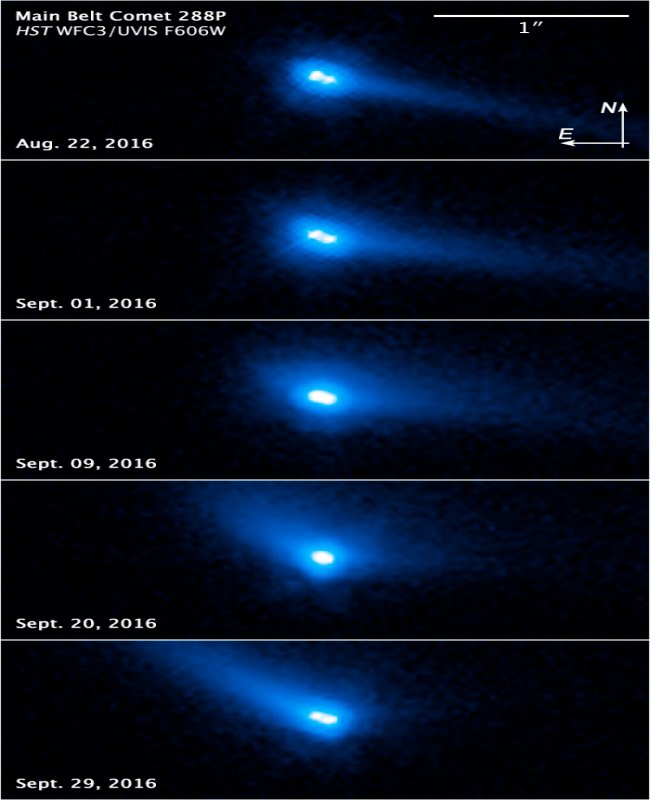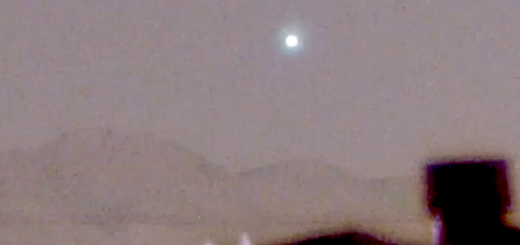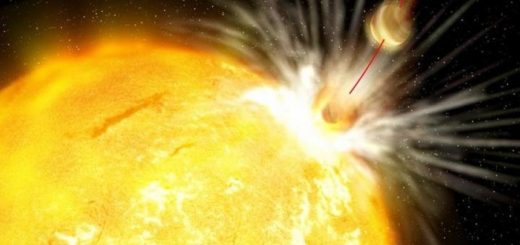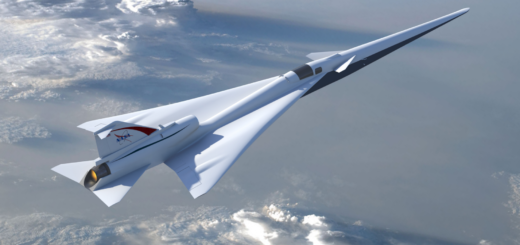Comet Or Asteroid? Unique Binary Object Discovered By Hubble

– An unusual object – in fact, two asteroids orbiting each other – has been discovered in the solar system’s asteroid belt by an international team of astronomers.
The team used NASA’s Hubble Space Telescope, to image the asteroid, designated 300163 (2006 VW139), in September 2016 just before the asteroid made its closest approach to the Sun.
The object has comet-like features such as a bright halo of material, called a coma, and a long tail of dust.
Images delivered by Hubble revealed that these two asteroids of almost the same mass and size, are orbiting each other at a distance of 60 miles (96 kilometers).
Asteroid 300163 (2006 VW139) was discovered by Spacewatch in November 2006 and then the possible cometary activity was seen in November 2011 by Pan-STARRS. Both Spacewatch and Pan-STARRS are asteroid survey projects of NASA’s Near Earth Object Observations Program.
After the Pan-STARRS observations it was also given a comet designation of 288P.
“We detected strong indications for the sublimation of water ice due to the increased solar heating — similar to how the tail of a comet is created,” explained team leader Jessica Agarwal of the Max Planck Institute for Solar System Research, Germany.
See also:
8 Of The Greatest Comets That Visited Us And Their Next Flyby
Comets And Asteroids Likely Enhanced Life-Supporting Habitat On Red Planet
Comet Hyakutake Has The Longest Tail Ever Recorded
More About Astronomy
This interesting object, which has existed as a binary system only for about 5,000 years, is the first known binary asteroid that is also classified as a main-belt comet. The recent Hubble observations confirm ongoing activity in the binary asteroid system, with features such as wide separation, near-equal component size, high eccentricity orbit, and comet-like activity. The object is unique among the few known binary asteroids that have a wide separation.
Further study will help in better understanding of its origin and evolution and perhaps also answer how water came to a bone-dry Earth billions of years ago.
One of the most likely formation scenarios of this object is a breakup due to fast rotation. After that, the two fragments may have been moved further apart by the effects of ice sublimation, which would give a tiny push to an asteroid in one direction as water molecules are ejected in the other direction.
No doubt, these binary asteroids are unique, but how common such systems are in the asteroid belt
“We need more theoretical and observational work, as well as more objects similar to this object, to find an answer to this question,” concluded Agarwal.
The research is presented in a paper, to be published in the journal Nature this week.
NASA



 Creators of mankind
Creators of mankind Description of “Tall white aliens”
Description of “Tall white aliens” Where they came from?
Where they came from? About hostile civilizations
About hostile civilizations The war for the Earth
The war for the Earth “Tall white aliens” about eternal life
“Tall white aliens” about eternal life Video: “Nordic aliens”
Video: “Nordic aliens” Aliens
Aliens Alien encounters
Alien encounters The aliens base
The aliens base UFO
UFO Technology UFO
Technology UFO Underground civilization
Underground civilization Ancient alien artifacts
Ancient alien artifacts Military and UFO
Military and UFO Mysteries and hypotheses
Mysteries and hypotheses Scientific facts
Scientific facts


















